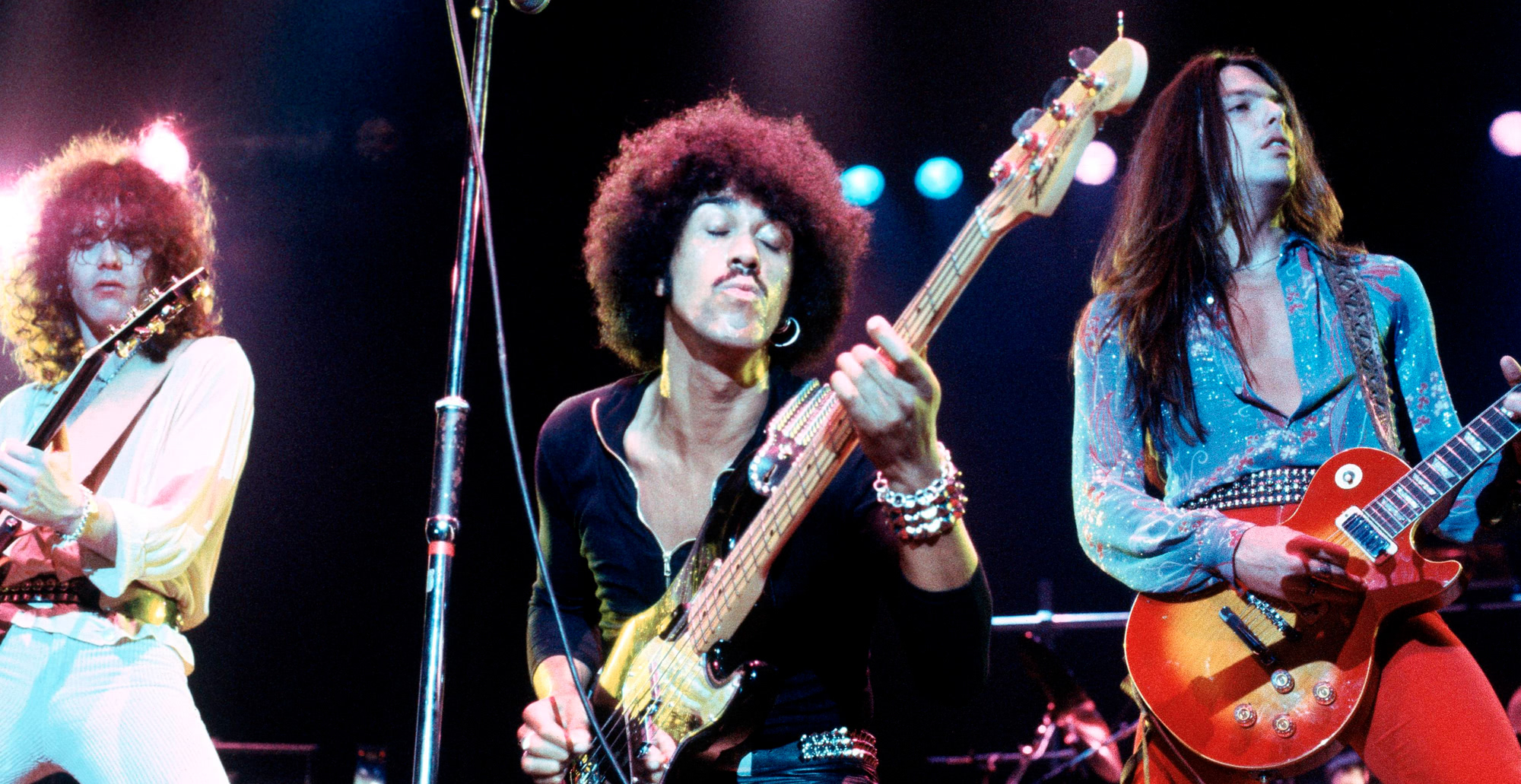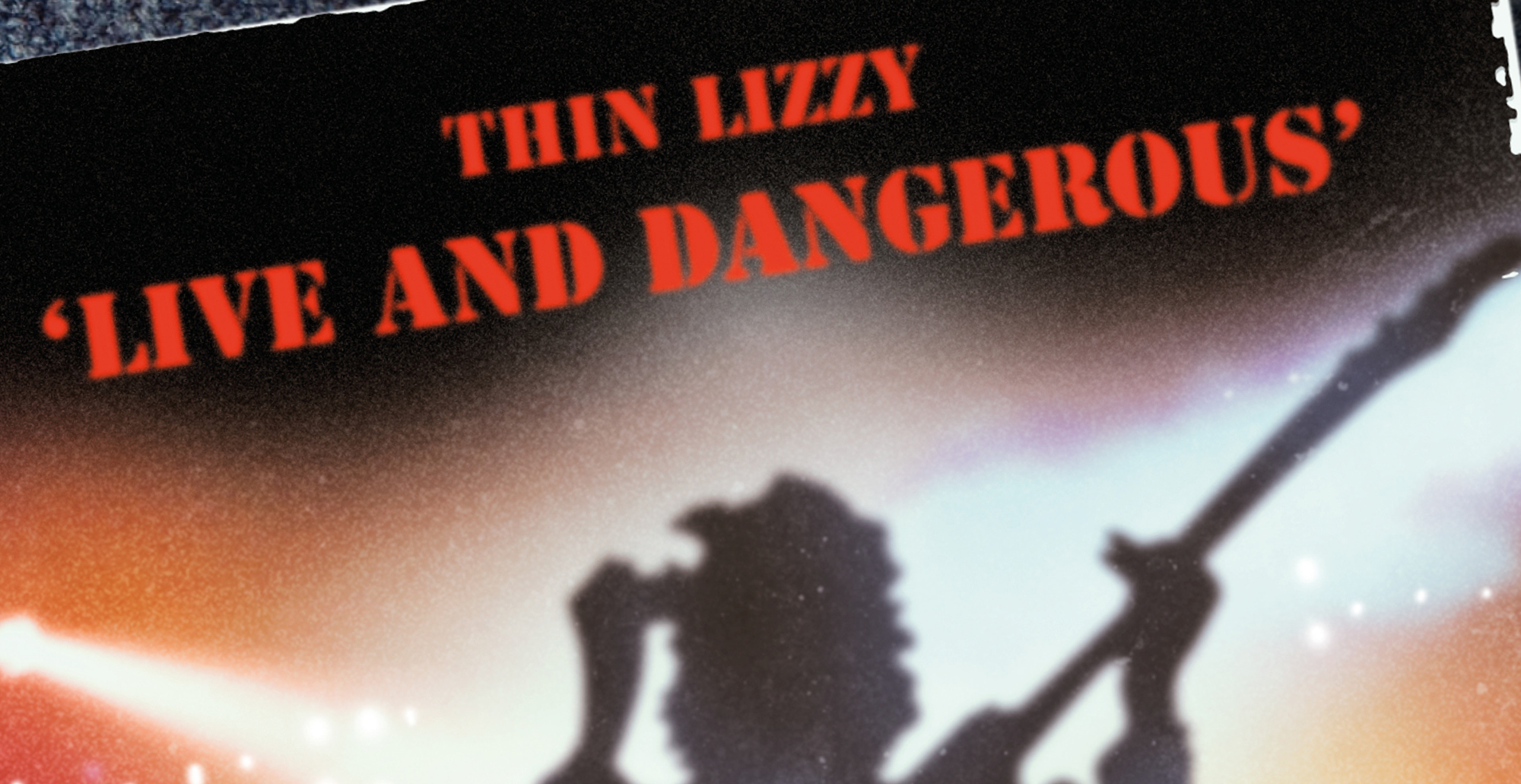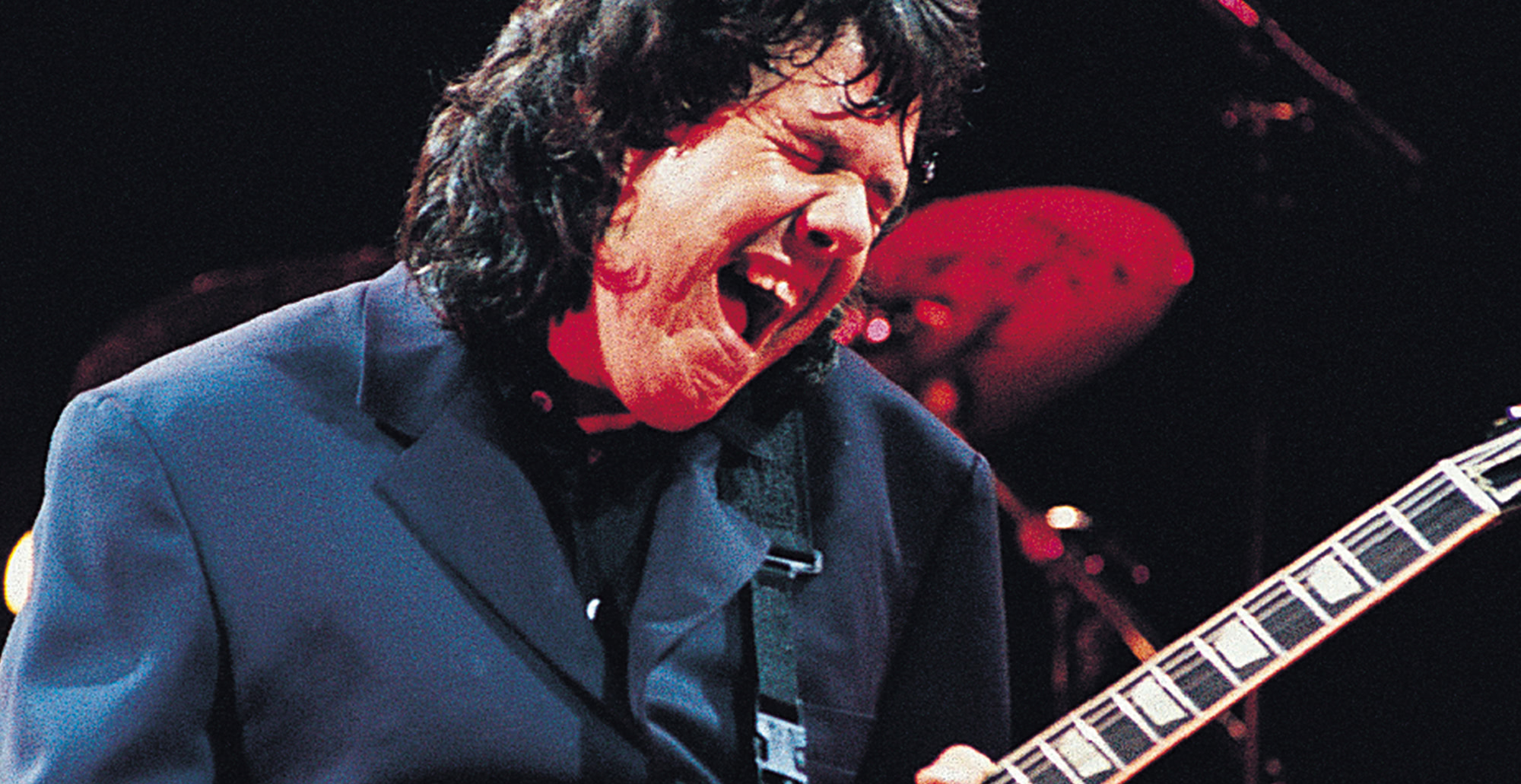Cold Sweat by Thin Lizzy
Learn to master the hard-hitting guitar work of Thin Lizzy’s classic track "Cold Sweat" with LickLibrary’s detailed, note-for-note guitar lesson. This dynamic and energetic track showcases the aggressive yet melodic guitar stylings that made Thin Lizzy a pioneering force in hard rock and heavy metal. In this comprehensive lesson, we break down the techniques used throughout the song to help guitarists improve their playing, add new tools to their creative arsenal, and fully understand the nuance behind the performance. Sam Bell breaks down this classic track in this exclusive Lick Library video tutorial.
About the Song and Guitarists
Released in 1983 as part of Thin Lizzy’s final studio album Thunder and Lightning, "Cold Sweat" stands out for its heavier, more modern metal-leaning tone, primarily due to the influence of guitarist John Sykes. Joining Thin Lizzy for this album, Sykes brought a fresh intensity to the band's sound, integrating flashy techniques with the band’s trademark twin-guitar harmony style. Alongside legendary frontman and bassist Phil Lynott, Sykes injected a virtuosic, high-energy feel into the band’s swan song, setting the stage for the shred era of the mid to late 1980s.
Sykes' impact on hard rock and metal guitar cannot be overstated. His lightning-fast licks, expressive vibrato, and control over advanced techniques made him a standout player of the era and a direct influence on later guitar heroes like Zakk Wylde and Dimebag Darrell. In this lesson, we not only look at what makes Cold Sweat iconic but also what makes Sykes’ playing essential study material for any serious guitarist.
Breakdown of Guitar Techniques in "Cold Sweat"
Tapped Harmonics
One of the most distinctive features of "Cold Sweat" is its use of tapped harmonics, particularly in the opening riff. These create a high-pitched, bell-like tone that gives the riff its signature bite. This technique involves using your picking hand to tap directly on the fretboard to produce harmonic overtones.
Benefit to learners: Mastering tapped harmonics adds a new tonal colour to your playing and sharpens your control and coordination between both hands.
Alternate Picking
Throughout the fast lead runs in "Cold Sweat", alternate picking is used to maintain speed and clarity. This technique involves alternating downstrokes and upstrokes, allowing for rapid execution of complex passages.
Benefit to learners: Developing alternate picking improves your overall picking efficiency and is crucial for executing fast solos cleanly.
Legato
Sykes uses a mix of hammer-ons and pull-offs in his solos to create flowing legato phrases. Legato playing helps the notes connect more smoothly, adding a fluid feel to the lines.
Benefit to learners: Legato improves fret-hand strength and dexterity while encouraging musical phrasing and dynamic control.
Pinched Harmonics
In several spots, Sykes utilises pinched harmonics to add aggressive squeals and character to his phrasing. These harmonics are achieved by lightly grazing the string with your thumb immediately after picking.
Benefit to learners: Pinched harmonics expand your expressive range, adding intensity and flair to your lead work.
String Bending and Unison Bends
Sykes’ solo features wide string bends, as well as unison bends, where two notes are bent into unison to create tension and release. These bends are both expressive and technically demanding.
Benefit to learners: These techniques build finger strength, improve pitch control, and help develop vocal-like phrasing.
Vibrato
Vibrato is a vital part of Sykes’ lead tone, used to sustain notes with emotion and depth. Vibrato can often be the difference between a good solo and a great one.
Benefit to learners: Vibrato improves finger control and helps players develop a personal stylistic voice.
Palm Muting and Power Chords
The rhythm section is grounded by aggressive palm-muted riffs and thick power chords. These elements bring a percussive and heavy edge to the track.
Benefit to learners: These rhythm techniques tighten your picking hand control and are essential for modern rock and metal playing.
Why Learn "Cold Sweat"?
This guitar lesson offers a well-rounded technical workout and gives guitarists the chance to study one of the most exciting performances in hard rock history. Whether you're aiming to sharpen your technique, develop more confidence in lead and rhythm playing, or expand your stylistic vocabulary, Cold Sweat offers a perfect blend of musicality and shred-worthy chops. You’ll walk away with a better understanding of timing, articulation, and how to bring attitude to your playing.
Techniques Used in this Lesson
- Tapped Harmonics
- Alternate Picking
- Legato
- Pull-Offs
- Pinched Harmonics
- String Bending
- Unison Bends
- Vibrato
- Palm Muting
- Power Chords
Ready to plug in and play with fire? Head over to LickLibrary and dive into the Cold Sweat guitar lesson to bring the heat of Thin Lizzy's explosive style into your own playing.









